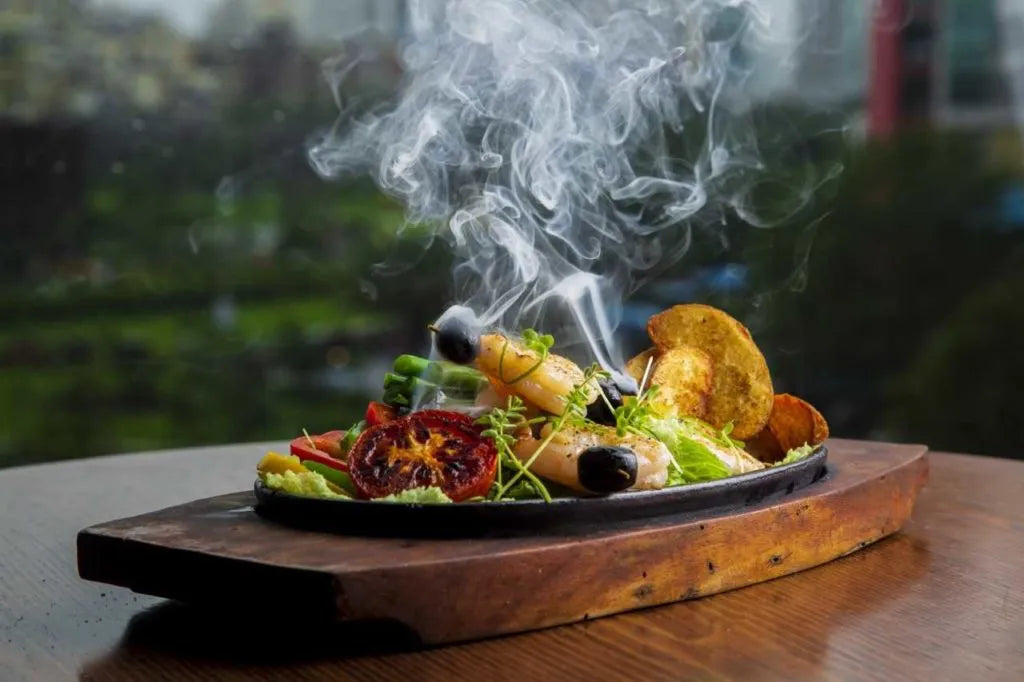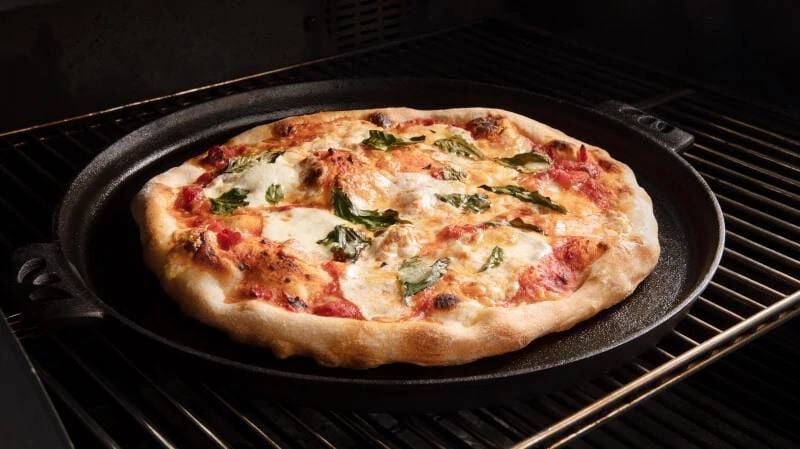In the fast-paced realm of culinary arts, mastering the use of a sizzling plate can transform a standard meal into an unforgettable experience. This Sizzling Plate Temperature Guide is tailored for kitchen professionals eager to harness the full potential of these unique cooking surfaces. If you've ever been curious about how to create that signature sizzle, you're in the right place. This guide lays out essential information, ensuring your dishes are as visually stunning as they are flavorful.

Understanding the Basics of Sizzling Plates
Sizzling plates often go unnoticed, yet they play a pivotal role in both commercial and home kitchens. These heavy-duty iron or cast iron plates are engineered to retain heat, providing a captivating presentation. However, their purpose extends beyond mere visualsthey significantly enhance flavors by achieving high temperatures.
If you're new to sizzling plates, it's crucial to grasp the proper temperature for your cooking needs. When utilized correctly, a sizzling plate can effectively sear meat, trap in moisture, and offer a remarkable dining experience. But how hot should your plate get? The answer varies based on the ingredients and the desired cooking outcome.
The Ideal Temperature for Different Dishes
Not every dish demands the same warmth. For example, when cooking steak, temperatures between 400F and 450F are ideal for achieving a perfect sear. This high heat locks in juices and forms a delectable crust.
On the other hand, when preparing vegetables or seafood, a lower temperature of around 350F may be more appropriate to preserve their delicate flavors without overcooking. It's vital to adjust the temperature based on the specifics of what you're cooking.
If you're looking for great inspiration on dishes to prepare with sizzling plates, take a look at this recipe collection that showcases creative ideas.
Perfecting the Heating Process
Now that youre familiar with the optimal temperatures, lets focus on perfecting the heating process. Start by preheating the sizzling plate on medium heat. This gradual approach ensures that the plate reaches the desired temperature without warping.
Once the plate has warmed up, it's important to verify the temperature. One effective method is to use an infrared thermometer, which offers precise readings without contact. If you don't have one on hand, you can sprinkle a few drops of water onto the plate; if they sizzle and evaporate nearly instantly, youre all set.
Safety Tips for Handling Sizzling Plates
Working with a sizzling plate comes with a need for caution. Given the high temperatures, proper handling is critical to avoid burns. Always employ heat-resistant gloves or tongs when moving the plate. Additionally, ensure its set down on a heat-resistant surface to prevent mishaps.
The dramatic sizzle brings excitementand heat. Watch out for steam and hot oil splatters. Maintaining a safe distance and utilizing the right kitchen tools is essential for safety.
For further guidance on using sizzling plates safely, dont miss this detailed resource about sizzling plates.
Creative Uses for Sizzling Plates
The adaptability of sizzling plates goes beyond meats and vegetables. Consider employing them for desserts, like sizzling brownies, or to present appetizers that benefit from an added flair.
Kitchens looking to innovate can differentiate dishes through creative presentations. The secret is balancing temperature with each dish's needs, ensuring each creation delights both the eyes and palate.
For fresh ideas, explore these sizzling platter concepts.

FAQs About Sizzling Plate Temperature
What is the best way to clean a sizzling plate?
Once you're done using it, allow the plate to cool slightly before rinsing it with warm water. Avoid harsh detergents, as these can strip the seasoning. Instead, use a gentle brush to clear food remnants, and dry thoroughly to prevent rust.
Can I use a sizzling plate on an electric stove?
Absolutely! Sizzling plates are versatile and can be utilized on various heat sources, including electric stoves. Just ensure your plate is compatible with your stove type to prevent damage.
How do I prevent food from sticking to the sizzling plate?
Applying a light layer of oil to the plate before use can help prevent sticking. Also, ensuring the plate is heated properly aids in creating a naturally non-stick surface.
This article contains affiliate links. We may earn a commission at no extra cost to you.






Leave a comment
This site is protected by hCaptcha and the hCaptcha Privacy Policy and Terms of Service apply.